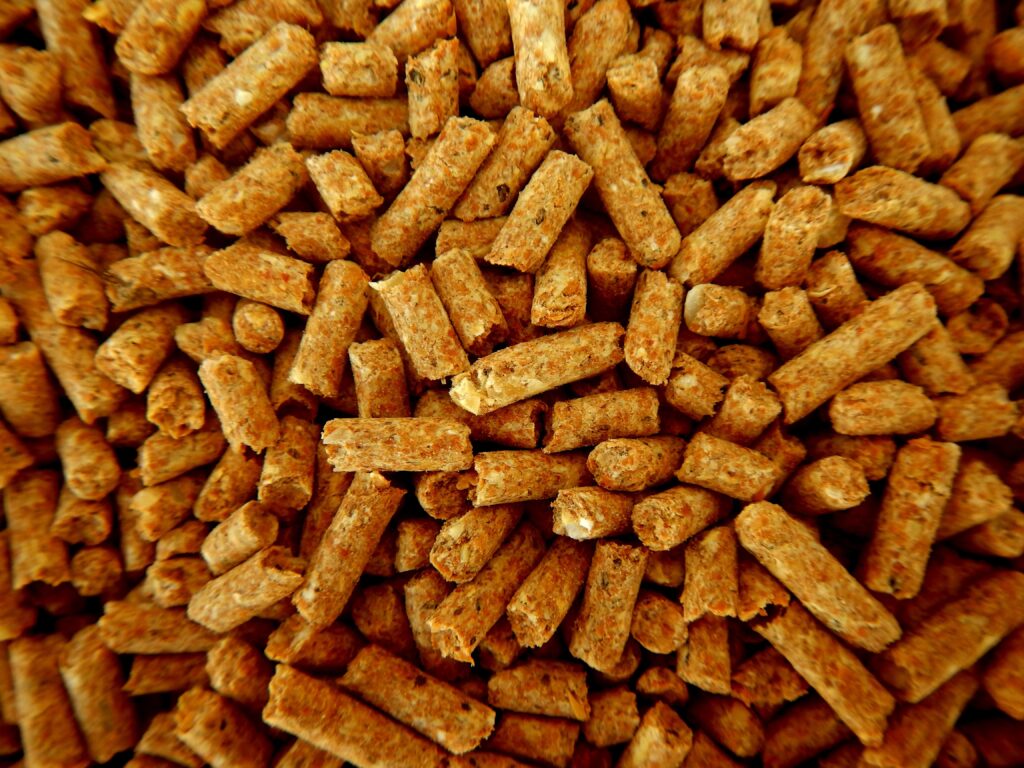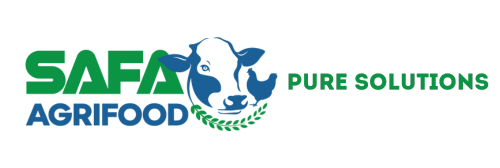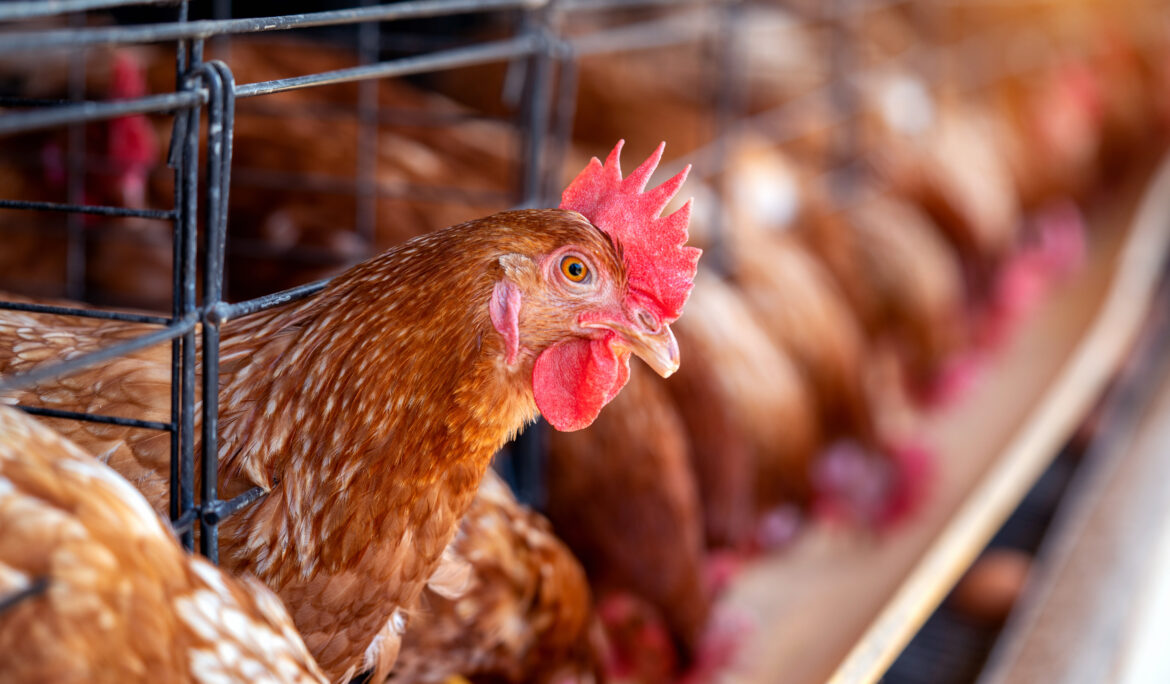Cage-Free Egg Production in the Spotlight
The clucking of hens and the sight of fluffy feathers evoke images of idyllic farms, but the reality of modern egg production can be far from pastoral. Cage-free systems, gaining popularity in recent years, offer an alternative to the cramped confines of traditional battery cages, raising questions about their ethical and environmental impact.
Breaking Free from Confinement: Cage-free systems provide hens with more space and freedom to move, perch, nest, and dustbathe, behaviors essential to their natural well-being. Gone are the barren cages that restrict movement and lead to feather-picking and stress. While not entirely outdoors, cage-free environments offer a significant improvement over traditional systems.
Ethical Considerations: Animal welfare advocates applaud the move away from cages, citing the improved living conditions and reduced stress for hens. However, concerns remain regarding overcrowding and potential for pecking and cannibalism in larger flocks. Additionally, access to outdoor spaces and natural sunlight, considered ideal for optimal welfare, is not always guaranteed in all cage-free systems.
Environmental Footprint: Cage-free production carries its own environmental baggage. Larger facilities require more land and resources, potentially leading to higher energy consumption and manure management challenges. Additionally, the increased space can lead to higher feed intake and potentially larger carbon footprints per egg.
Consumer Choice: The shift towards cage-free eggs reflects growing consumer demand for ethical and sustainable food practices. Many major retailers have pledged to transition to cage-free eggs, and the market share continues to rise. However, the higher production costs often translate to higher prices for consumers, creating an accessibility challenge for some.

The Future of Egg Production: While cage-free systems represent a step forward, they are not the end of the story. Research continues into enriched cage-free systems with improved welfare standards and lower environmental impact. Additionally, alternative egg production methods, such as free-range and pasture-raised, offer further options for consumers seeking ethical and sustainable eggs.
Ultimately, the evolution of egg production requires balancing animal welfare, environmental sustainability, and affordability. By understanding the complexities of cage-free systems and supporting ongoing innovation, consumers can play a role in cracking the code for a more responsible future for egg production.
Lorem ipsum dolor sit amet, consectetur adipiscing elit. Ut elit tellus, luctus nec ullamcorper mattis, pulvinar dapibus leo.

Lorem ipsum dolor sit amet, consectetur adipiscing elit. Ut elit tellus, luctus nec ullamcorper mattis, pulvinar dapibus leo.

